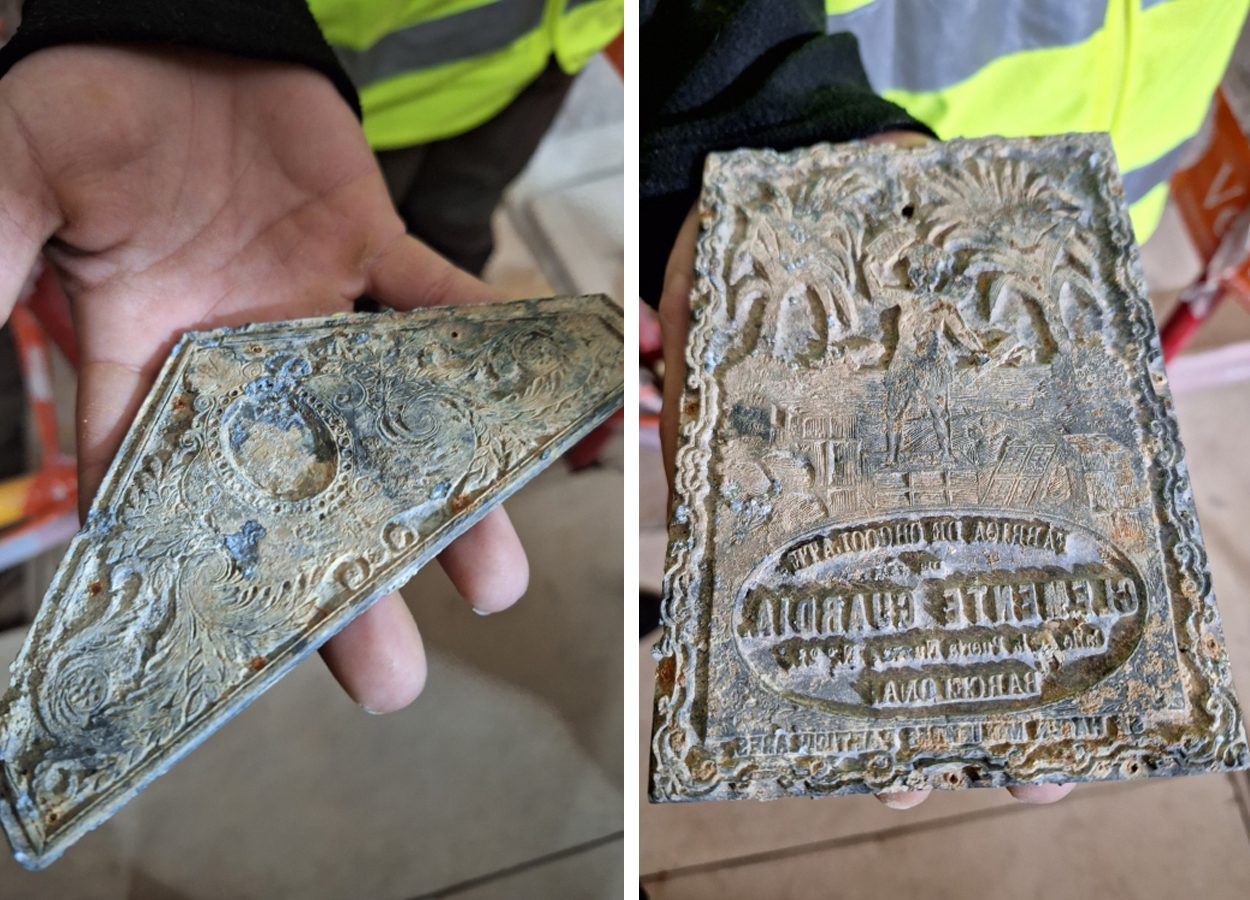Archaeologists excavating in the Ciutat Vella district in Barcelona have uncovered traces of a 19th century chocolate factory.
The discovery was made during the renovation of a four-story building in the Plaza de la Llana, revealing structural elements from several historical periods.
These include remnants of a 14th-century medieval mansion, a 17th-century enclosure, and traces of a 19th-century chocolate factory.
Based on evidence found in historical text, the mansion was the property of the Cathedral poorhouse of Barcelona known as the Pia Almoina. During the 15th century, the mansion was converted into a hostel called the Hostal de Sant Pere, which continued to operate until the 16th century.
Following improvement works to the property in 1825, it was occupied by a chocolate factory known as the Clemente Guardia chocolate factory.
The factory is referenced in the Almanac of the Barcelona Universal Exhibition of 1888, where it is noted for the exquisite chocolate and pastillage (a type of sugar-paste icing), as well as vanilla and stone chocolates.
By the 19th century, the factory was one of the most celebrated chocolatiers in Barcelona, selling its products throughout all of Spain and exporting to Spanish controlled overseas territories.
Archaeologists from the Barcelona Archaeology Service (ICUB) have also found numerous architectural elements from the factory, in addition to storage vessels, large pliers, and lead plates used for making labels.
Header Image Credit : ICUB





